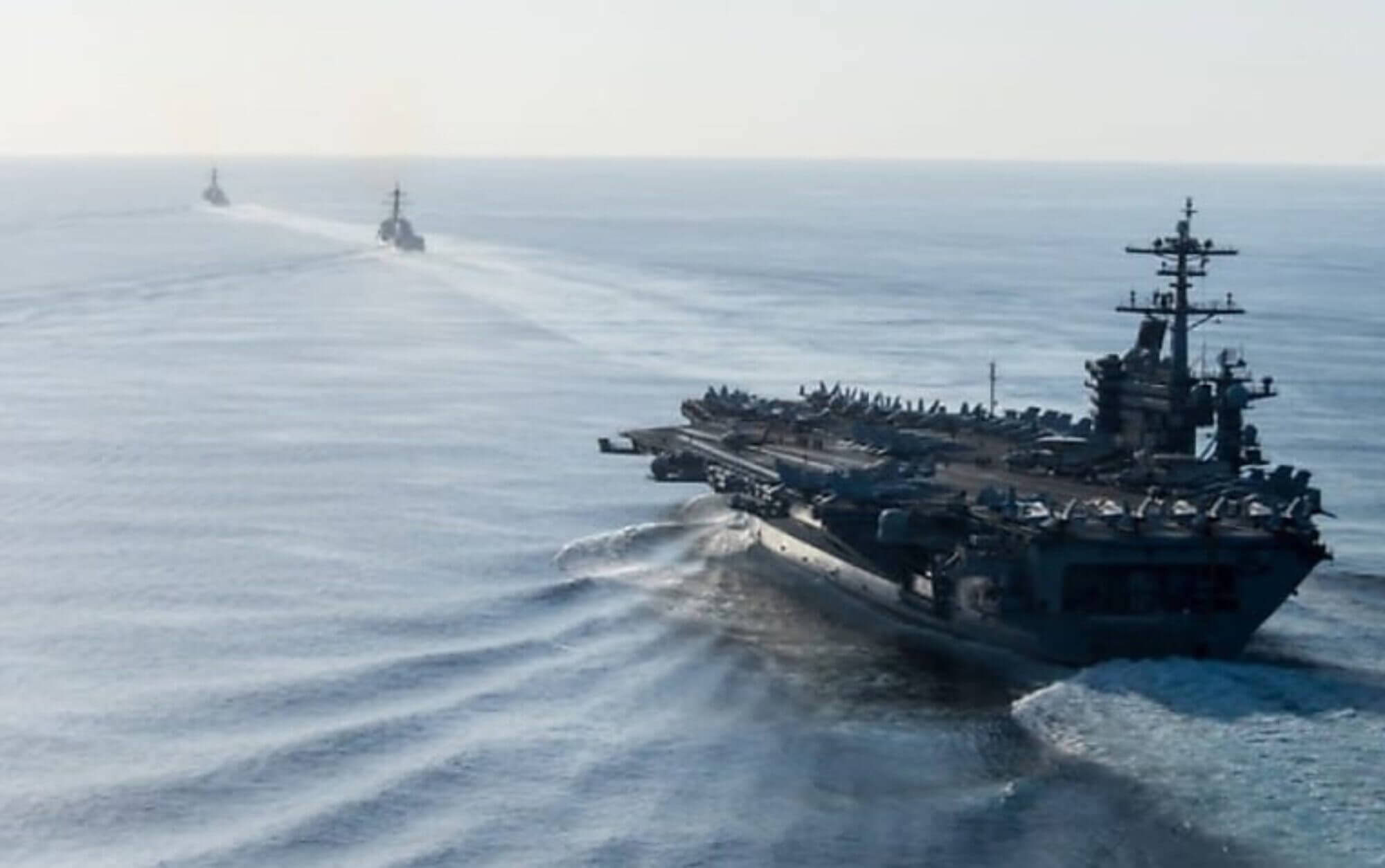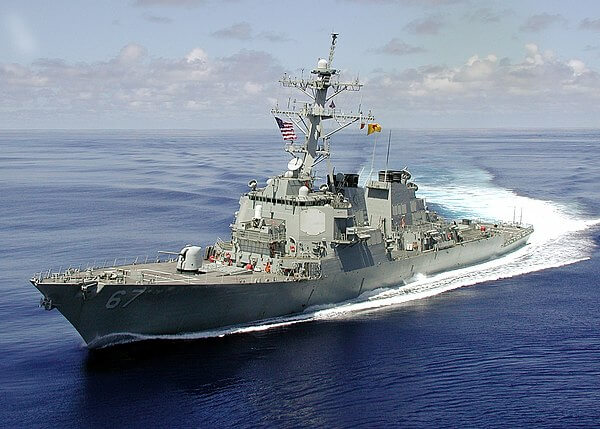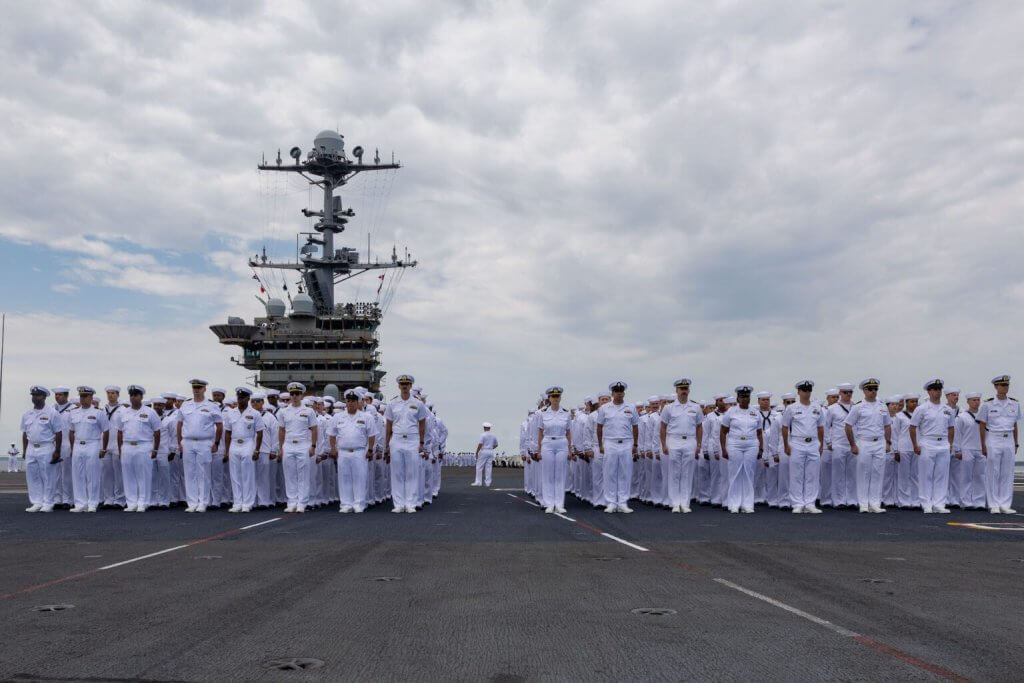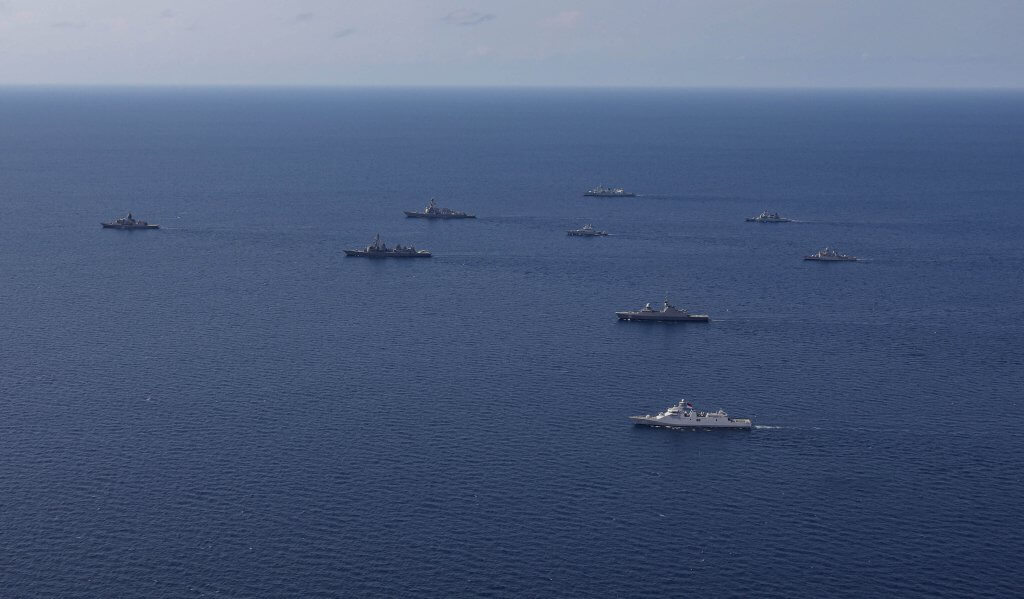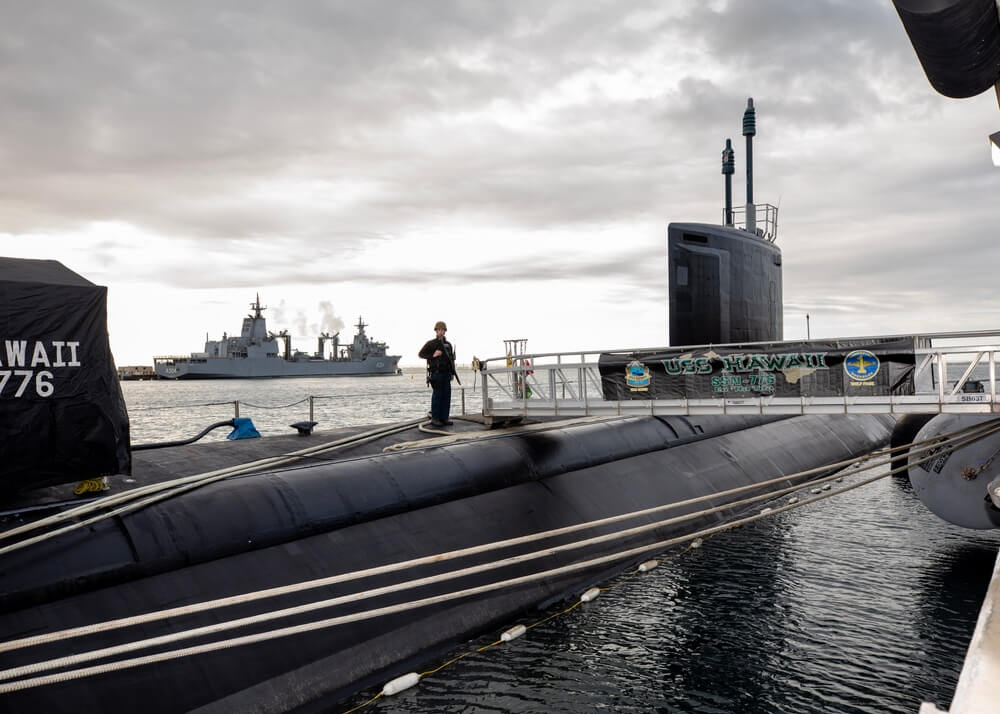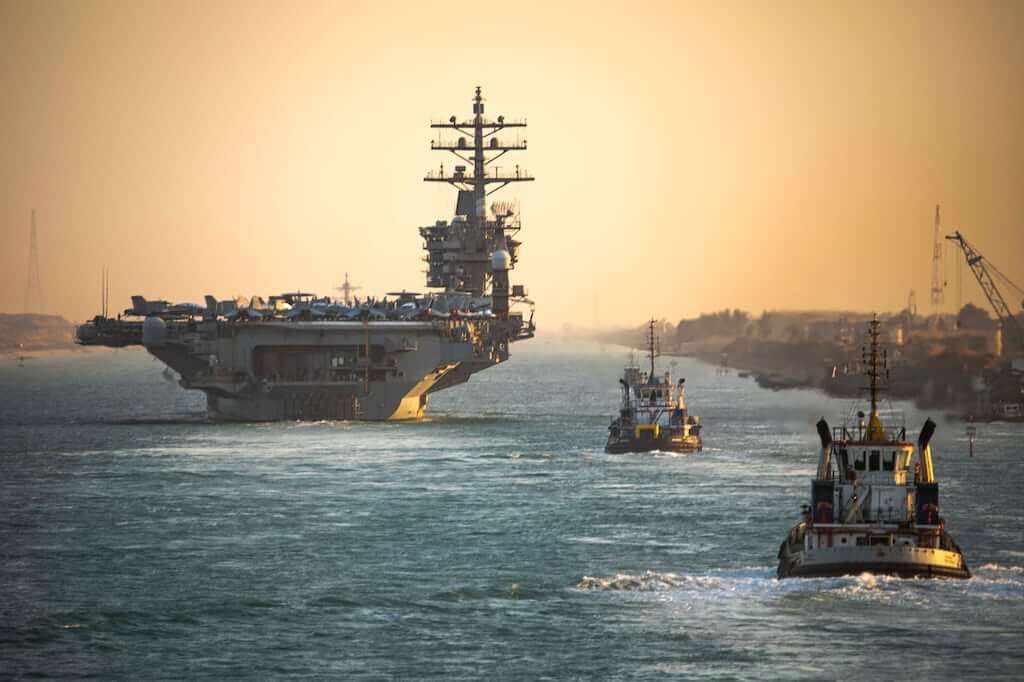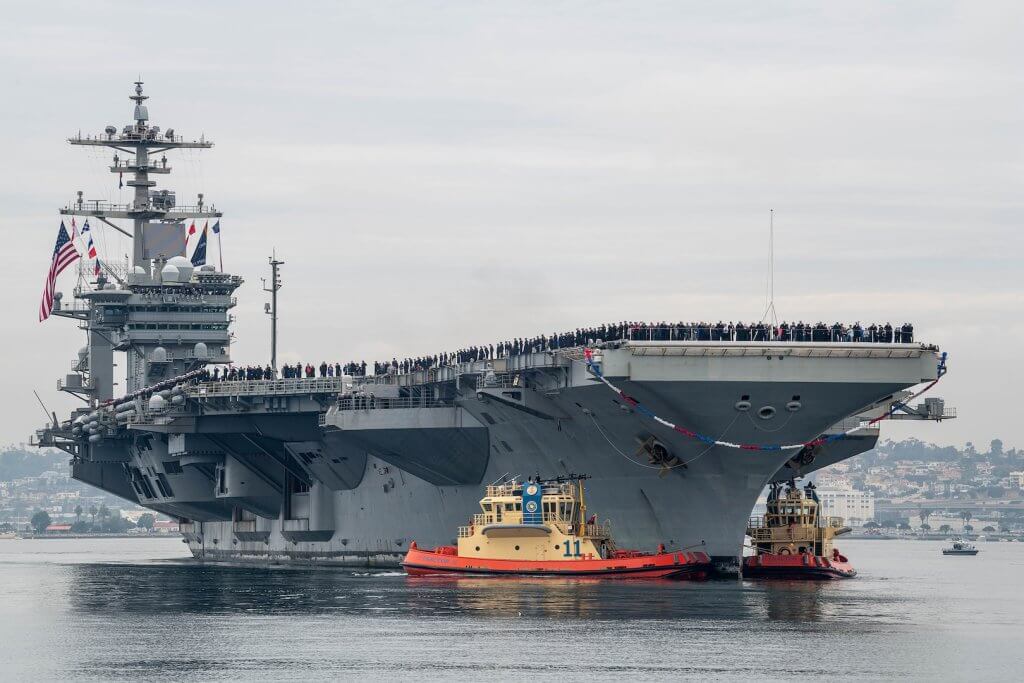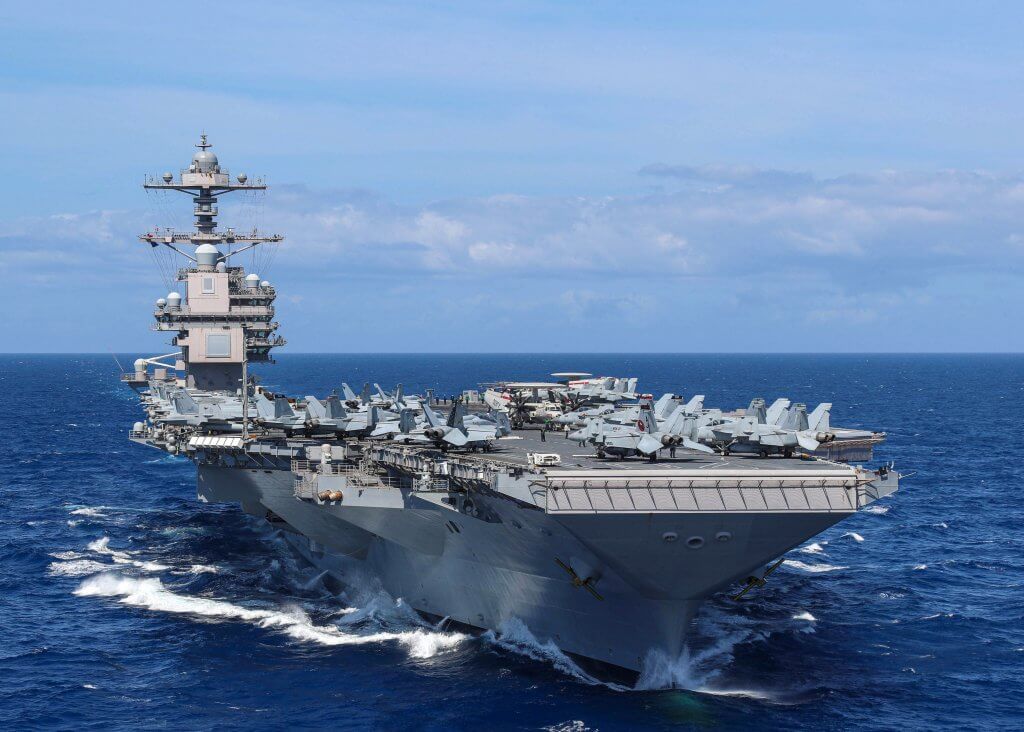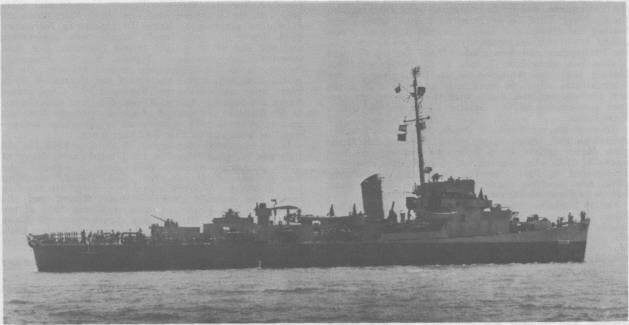
Introduction:
This week’s U.S. Navy news highlights the Navy’s operational capabilities, strategic partnerships, and historical discoveries. From joint exercises in the Indo-Pacific to groundbreaking developments in shipbuilding and advanced technology, the Navy remains at the forefront of maritime security. Here’s the roundup of key stories shaping the U.S. Navy’s mission and response to global challenges.
U.S. Navy Global Engagement and Readiness
USS Preble (DDG 88) Changes Homeport to Japan The USS Preble, an Arleigh Burke-class guided-missile destroyer, departed from San Diego on September 22, 2024, en route to its new homeport in Yokosuka, Japan. The Preble replaces the USS Benfold and will enhance U.S. strategic interests in the Indo-Pacific. Commanding Officer Cmdr. Paul Archer expressed excitement about the ship’s advanced capabilities and readiness to support national objectives.
Operations and Exercises
U.S., Australia, and Japan Conduct Multilateral Exercise in the Timor Sea
The U.S. Navy, Royal Australian Navy, and Japan Maritime Self-Defense Force held a joint exercise in the Timor Sea from September 23-28, 2024. This exercise focused on enhancing interoperability and maintaining a free and open Indo-Pacific. Participating ships included USS Dewey (DDG 105), HMAS Stuart, and JS Ariake.
Source: Navy.mil
ROK and U.S. Submarine Commands Mark 30 Years of Cooperation
The Republic of Korea (ROK) Navy and U.S. Submarine Force held their 59th Submarine Warfare Committee Meeting from September 26-28, 2024, to strengthen ties and improve operational capabilities in undersea warfare. This event, held at Yokosuka, Japan, highlights the long-standing partnership between the two nations.
Innovation and Technology
U.S. Navy Receives USS Beloit (LCS 29)
The U.S. Navy has taken delivery of the future USS Beloit (LCS 29), a Littoral Combat Ship built by Lockheed Martin at the Fincantieri Marinette Marine shipyard. The ship, named after Beloit, Wisconsin, will be commissioned later this year and homeported in Mayport, Florida.
Naval History
WWII Destroyer USS Stewart Found After 76 Years
An expedition team discovered the wreck of the USS Stewart (DD-224), a WWII destroyer, off the coast of California in August 2024. The ship, used by both the Allied and Axis forces, was located with the help of underwater drones. The discovery offers a rare glimpse into early 20th-century naval warfare.
Security and Deterrence
U.S. Navy Destroyers Intercept Iranian Missiles Aimed at Israel
Two U.S. Navy destroyers recently fired interceptors to counter Iranian missile attacks targeting Israel. The Pentagon confirmed that all missiles were launched from within Iran, marking a significant escalation in tensions. This action highlights the Navy’s role in maintaining stability in the Middle East.
China Watch
Chinese Warships Continue Patrols in the Pacific
Following joint naval exercises, Chinese and Russian warships conducted coordinated patrols in the Pacific. This show of strength underscores the deepening military cooperation between the two nations, further complicating the strategic landscape for the U.S. in the region.
Russia Watch
Russia Conducts Naval Exercises in the Arctic
Russian naval forces conducted extensive military drills in the Arctic, showcasing their capabilities in the region. The exercises aim to strengthen Russia’s presence in the Arctic amid growing interest from other global powers, including the U.S.
Iran Watch
Iran Increases Ballistic Missile Activity Amid Rising Tensions
The U.S. Navy continues to monitor Iran’s ballistic missile activity, with recent missile launches targeting Israel intercepted by U.S. destroyers. This underscores the increasing volatility in the Middle East and the importance of U.S. naval presence in the region.
Conclusion:
The U.S. Navy remains committed to maintaining its global maritime dominance and responding to emerging threats. This week’s news demonstrates the Navy’s strategic partnerships, operational readiness, and continued advancements in naval technology. Stay tuned for more updates next week.
The mission of Americans for a Stronger Navy has never been more relevant. We urge all citizens to appreciate the Navy’s role in defending freedom and to support efforts to ensure it remains the world’s most capable and ready maritime force.
Please support the Navy and the Americans for Stronger Navy by following us on Facebook or by completing the contact us page by clicking here.
Categories:
China Watch, Global News Watch, Industry Watch, Naval History, Naval News, Naval Technology, Navy News, Russia News Watch, Shipbuilding News, Shipyards, U.S. Navy News
Tags: China Watch, Global News Watch, Russia Watch, Iran Watch
